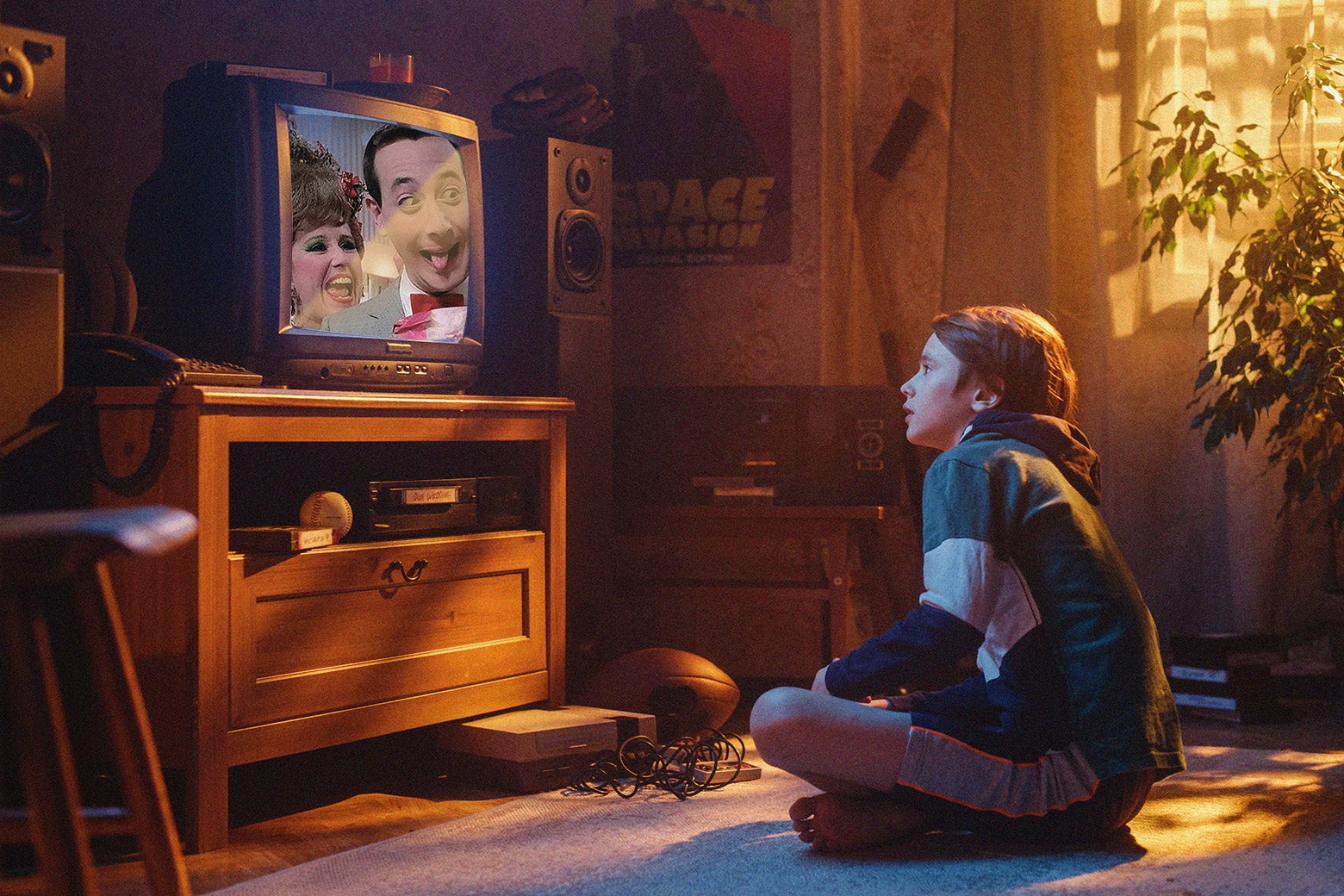Samuel Hanke is a pediatric cardiologist in Cincinnati, but when you ask him for his title, he follows it by saying: “Most importantly, I’m Charlie’s dad.”
Hanke remembers the night 13 years ago when Charlie, then 3 weeks old, was fussier than usual, so he picked him up to soothe him back to sleep. With Charlie still in his arms, he sat on the couch, turned on the TV, and nodded off.
“We were kind of chest to chest, the way you see in pictures a lot,” Hanke said. But he didn’t realize Charlie’s airways were blocked. Too young to turn his head, too squished to let out a cry, Charlie died silently. The next morning, Hanke woke up to his worst nightmare. Years of medical school weren’t enough to prevent Hanke from losing Charlie to accidental suffocation.
Sudden infant death syndrome, a well-known term that describes unexplained but natural infant deaths resulting from an unknown medical abnormality or vulnerability, is the leading cause of unexpected deaths among infants in the U.S. It has long been among new parents’ greatest fears.
Rates for SIDS have declined since the 1990s, but a different cause of infant death — accidental suffocation or strangulation — has also been a persistent problem. That national rate for the past decade has hovered between 20 and 25 infant deaths per 100,000 live births, accounting for around a fifth of all unexpected infant deaths, according to the Centers for Disease Control and Prevention. Accidental suffocations and strangulations aren’t necessarily happening more often, some experts say; rather, fatality review teams have become better at identifying causes of death.
And the trend remains steady despite decades of public information campaigns imploring parents to take steps to keep their babies safe while sleeping.
In the mid-1990s, the National Institute of Child Health and Human Development launched its “Back to Sleep” campaign, to teach parents to lay infants on their backs to sleep. “There were tremendous results after ‘Back to Sleep,’” said Alison Jacobson, executive director of First Candle, a Connecticut-based nonprofit group focused on safe sleep education. Unexpected infant deaths dipped about 40% from 1990 levels, which was before that campaign launched, according to the CDC. “But then it plateaued,” Jacobson said.
The NICHD eventually broadened this message with other ways to limit risks beyond a baby’s sleep position with the “Safe to Sleep” initiative.
Some clear warnings from it: Infants shouldn’t sleep with blankets, stuffed toys, or bumpers that “can potentially lead to suffocation or strangulation,” said Samantha St. John,














